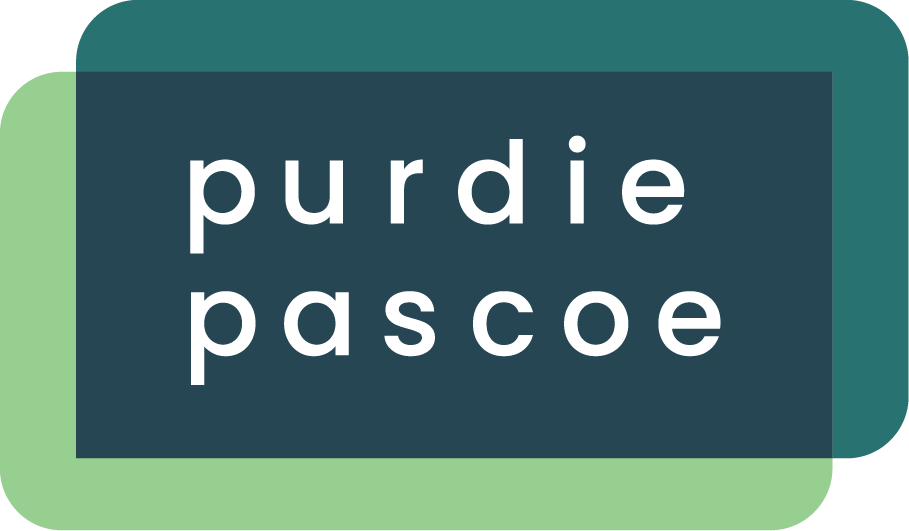The Science of Marketing
This short article is the first part in a series where we examine the best way to drive brand growth and the market research approaches needed to support it.
Have you ever wondered what the best way is to drive the growth of your brand? At Purdie Pascoe, we have been looking into this, from a market research viewpoint, starting with a determination to be led by science rather than unfounded theories.
In 2012 Byron Sharp published his breakthrough book, How Brands Grow, in conjunction with the Ehrenberg-Bass Institute. The book has transformed marketing by focusing on the science of brand growth and debunking some commonly held theories.
Sharp argues that marketers have made their lives unnecessarily difficult by adopting unfounded theories. For example, there is little evidence to suggest that consumers want ‘relationships’ with brands or that brand commitment and brand loyalty drive sales. Instead, Sharp provides compelling evidence showing that the role of marketing and sales should be to build physical and mental availability.
In essence, this means making sure that, when someone wants to buy (or prescribe) a product, your brand springs to mind and is easy to buy. And logic tells us that this theory is as relevant in healthcare as it is in any other industry…
Imagine a nurse who is choosing a wound dressing for a patient following a minor surgery. They go to the store cupboard and are confronted by a selection of dressings, from a range of brands.
· Do they select a dressing based on how emotionally connected they are with each brand?
· Or do they just grab the cheapest one?
· Or maybe the brand they recognise or trust?
The truth is probably a combination of all three.
In cognitive psychology, “salience” refers to what is most prominent or noticeable. The term describes how “our attention is drawn to intense stimuli such as bright lights, loud noises, saturated colours, and rapid motion.”
For marketers, salience is the degree to which your brand is thought about or noticed when a customer is in a buying situation. Not to be confused with top-of-mind awareness, which is simply the link to the name of the product category and depends on a single, specific cue, salience extends far beyond brand awareness. It’s the probability of a person noticing, recognizing, and thinking about your brand when it matters most.
So, if we can increase the salience of our brand, it is likely to grow. And if we can measure brand salience, we can also understand what activities are likely to drive its growth.
Watch this space for the second part in our series on brand growth, where we will look in more depth at Brand Salience, as well as the role that Brand Availability plays.

